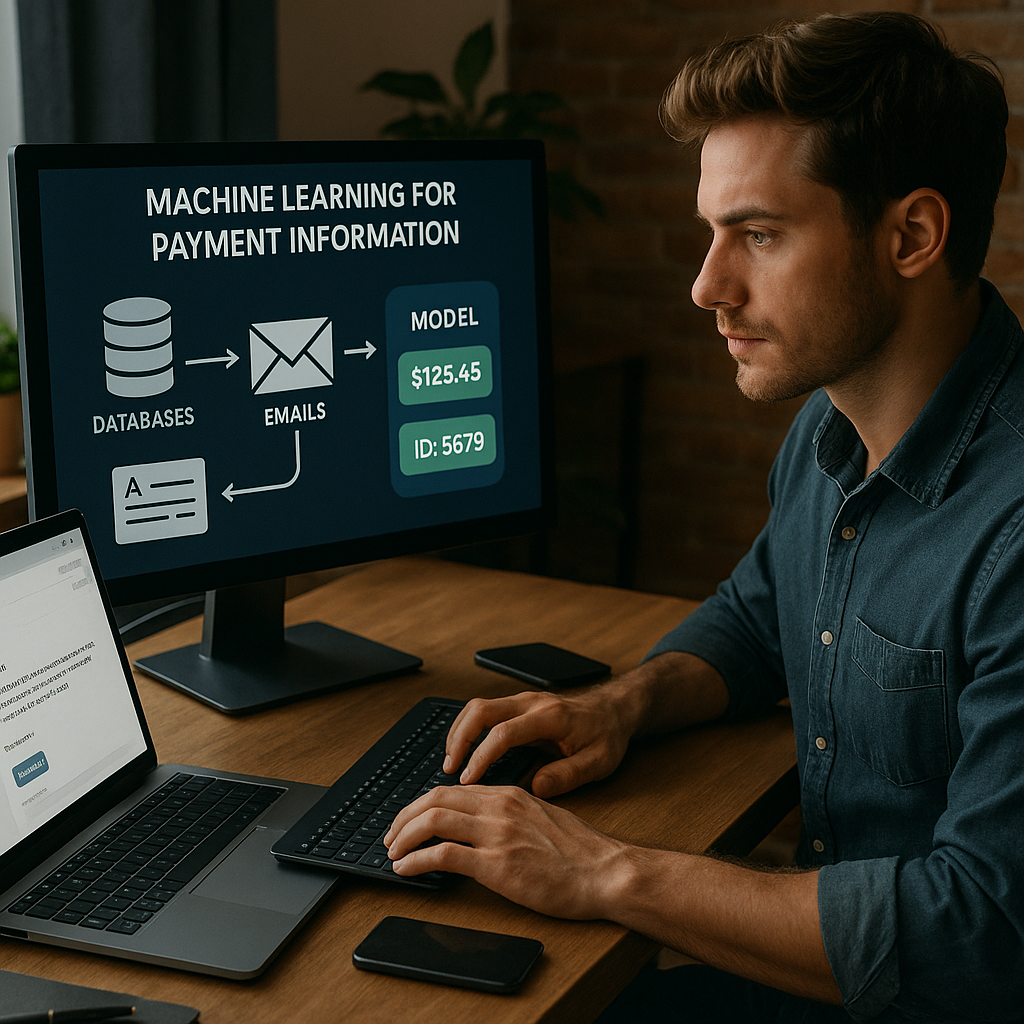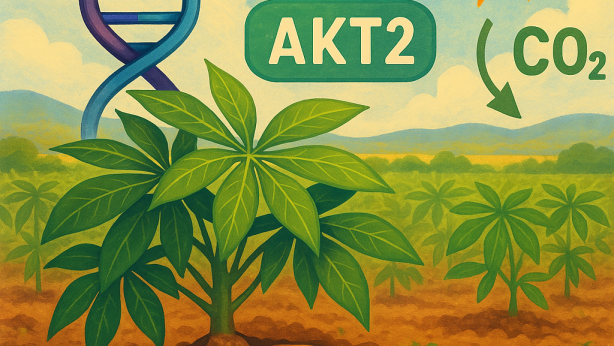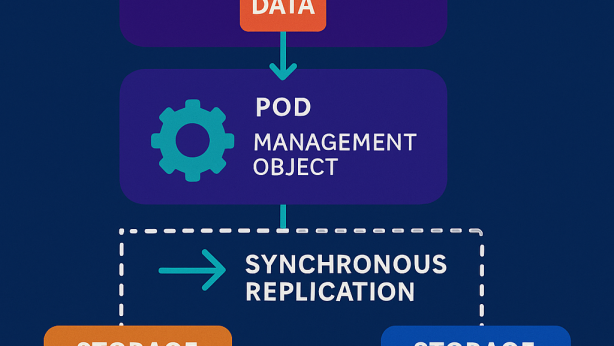MACHINE LEARNING BASED SYSTEMS AND METHODS FOR IDENTIFICATION OF PAYMENT INFORMATION FROM ELECTRONIC MAILS

Invented by Ahmad; Rehan, Bose; Debanwesh, Maripina; Hashwanth, Kumar; Aishwarya

The world of business is changing fast. Money moves quickly and companies need to keep track of payments as soon as they come in. But emails and their attachments are messy, and finding payment details is not easy. This new patent application shows how machine learning can help. Here, we will explore why this matters, what has been done before, and what makes this invention special.
Background and Market Context
Businesses of every size rely on payments. When a client pays, they often send an email with a document attached. This could be a remittance advice, a payment slip, or a scanned invoice. These documents show what the payment is for, how much was paid, and sometimes a unique payment ID like an invoice number. Companies need to take this information and update their own records so they know who paid, how much, and for what.
Right now, most companies do this by hand. Someone in the accounting or receivables team opens emails, downloads attachments, reads them, and types in the payment amount and the payment ID into the company’s system. This takes a lot of time. It is boring, repetitive, and it is easy to make mistakes. If someone is tired or in a hurry, they might type the wrong number or miss a payment ID. If this happens, the company might mark an invoice as unpaid when it has already been paid. Or, worse, they might not notice a payment at all.
Manual work is slow. It can take hours or even days before payments are reflected in company records. This makes it hard for managers to see which clients have paid and which have not. It can cause confusion when following up for payments. It can even affect cash flow, since payments are not recognized right away and money is not counted as available.
As more payments move online and more clients use digital methods, the number of emails and attachments grows. A small team cannot keep up. Companies want a way to automate this process so it is fast, accurate, and less expensive.
Some businesses have tried using simple automation tools. These might look for certain keywords or numbers in the email or attachment. But these tools are not smart. If the format of the document changes, or if a client uses a new layout, the tool fails. Also, many remittance documents are scans or images, not just plain text. This makes it even harder for a simple script to extract the needed information.
The need is clear: companies want a system that can read emails and attachments, understand them even if the format is new, and pull out the right payment info. This system should be able to work with different file types, handle scanned documents, and learn over time as new layouts appear.
Scientific Rationale and Prior Art
Before this invention, there were some attempts to automate payment data extraction. Most of these tools were based on rules or templates. For example, a script might look for the word “Amount” and then copy the number that follows. Or, it might look for an invoice number based on a fixed pattern. These methods work only if the document layout is known and does not change. If a client changes how they send remittance advice, the system breaks.

Some tools try to use regular expressions, which are patterns for finding text. This works for simple cases, but fails if the document is a scanned image or uses a new layout. When documents are images, optical character recognition (OCR) is needed to extract text. Even then, errors happen — numbers might be misread, and the position of the data might be different every time.
There have also been some document processing systems that use basic machine learning. These tools train on known layouts and learn to pick out fields. But these systems often require lots of manual setup. They may need someone to label hundreds or thousands of documents before they work well. They also tend to be rigid and not able to adapt quickly to new types of documents.
Some larger companies have tried to build their own solutions using document management systems. They might use a mix of scripts, OCR, and manual checks. But these are expensive to set up and maintain. They require IT and accounting teams to work together and are not flexible when formats change.
In summary, the main problems with prior solutions are:
- They are not flexible. If the format changes, the system fails.
- They need a lot of manual setup and maintenance.
- They are not accurate with scanned documents or images.
- They cannot learn or improve over time.
This is where advanced machine learning comes in. By using models that can learn from examples, the system can adapt to new layouts, recognize numbers and payment IDs even if they are in new places, and keep getting better as more documents are processed.
The science behind this approach is based on recent advances in natural language processing (NLP) and machine learning. NLP allows computers to understand and process human language. When applied to documents, it can break down the text into “tokens” (like words or numbers), find patterns, and extract meaning based on context. Machine learning models can be trained to recognize what a payment amount looks like, or how a payment ID is formatted, no matter where it appears.
Random forest models are a type of machine learning that works well with structured data and can handle many different features — like the position of a number on a page, its distance from key words, or how often it appears. These models can weigh different clues and decide which tokens are most likely to be payment information.
The patent covered here takes this scientific approach a step further. It uses a combination of text conversion, tokenization, feature extraction, and a trained model to pull payment data from emails and attachments. It also includes continuous learning, so the system gets better as more documents are processed.
Invention Description and Key Innovations

This invention is a smart system that reads emails and the documents attached to them, then figures out which parts are payment amounts and which are payment IDs. It does this in a way that is automatic, fast, and gets better over time. Let’s break down how it works and what makes it special.
Receiving and Preparing the Data
The system starts by connecting to company databases where emails and attachments are stored. It can handle many types of files — text, PDFs, images, spreadsheets, and more. If the attachment is a scan or an image, the system uses OCR to turn it into text. After this step, everything (emails and attachments) is in a text format.
Breaking Down the Text
Next, the system splits the text into small pieces called tokens. A token could be a word, a number, or a phrase. For example, in the text “Invoice Number: 12345”, the tokens might be “Invoice”, “Number”, and “12345”. This helps the system look at each piece of information on its own.
Finding Features
Now, the system looks at each token and checks for clues that it might be payment information. It looks for things like:
- How close the token is to words like “payment”, “amount”, “total”, or “invoice”.
- If the token is a number, and if it looks like a dollar amount or an invoice number.
- Where the token is on the page (top, middle, bottom).
- How often the token appears.
- If the token matches a zip code or other known pattern.

These clues are called features. Each token gets a set of features that describe it.
Choosing the Best Tokens
The system uses a set of rules and the features above to pick out the tokens that are most likely to be payment information. For example, if a number is right next to the word “Amount”, this is a good clue that it is the payment amount. If a string of numbers is near “Invoice”, it might be the payment ID.
Using Machine Learning
Once the likely tokens are picked, the system uses a machine learning model, such as a random forest, to decide for sure which tokens are payment amounts, which are payment IDs, and which are not payment info at all. The model looks at all the features and decides, giving each token a confidence score (how sure the system is that this token is payment info).
If the model is very confident, it labels the token as a payment amount or ID. If not, it labels it as “irrelevant”. If two tokens have similar scores and the model is not sure, it can flag the document for manual checking.
Learning Over Time
One of the best parts of this invention is that it gets smarter as it goes. The system is trained on real emails and attachments, with people labeling which tokens are payment info. As more documents are processed and checked, the system updates its model and gets better at spotting payment data, even in new layouts or formats.
Output and Integration
After it finds the payment info, the system outputs the results in a way that can be used by other company tools. For example, it can update the accounts receivable database, or show the results on a dashboard. The output can include the payment amount, the payment ID, and how confident the system is in its findings.
Manual Review and Human-in-the-Loop
If the system cannot find the payment info, or if it is not sure, it flags the email or document for review. A person can then check and label the payment data. This feedback goes back into the system so it learns and improves.
Key Innovations
This invention is not just another rule-based tool. It uses real machine learning, learns from examples, and adapts to new document layouts. Its main innovations are:
- It works with many types of files, including images and scans.
- It breaks down text into tokens and finds features that help spot payment data.
- It uses a trained model to decide which tokens are payment data, not just simple rules.
- It learns over time, getting better as more documents are processed.
- It handles uncertainty by flagging tough cases for manual review and learns from this feedback.
- It can be integrated with existing business tools and databases, making payment processing faster and more accurate.
How This Helps Companies
With this system, companies can process payments much faster. They no longer need teams of people to read emails and type in payment info. Mistakes are reduced, since the system checks its own confidence and asks for help when it is not sure. Managers get up-to-date info on who has paid, so they can make better decisions. And as more payments come in, the system keeps learning and improving, making the process smoother every day.
Conclusion
This patent application presents a new way to handle one of the most important and painful tasks in business: finding and recording payment information from emails and their attachments. By combining text conversion, tokenization, smart feature extraction, and a learning machine model, the invention takes away the slow and error-prone manual steps. It works across many file types and grows smarter as more data is processed. For companies who want to save time, reduce mistakes, and keep their records up-to-date, this system is a big step forward. As business moves ever faster, tools like this will become vital in keeping up with the flow of digital payments, making sure money is tracked, recorded, and ready for action.
Click here https://ppubs.uspto.gov/pubwebapp/ and search 20250217799.


